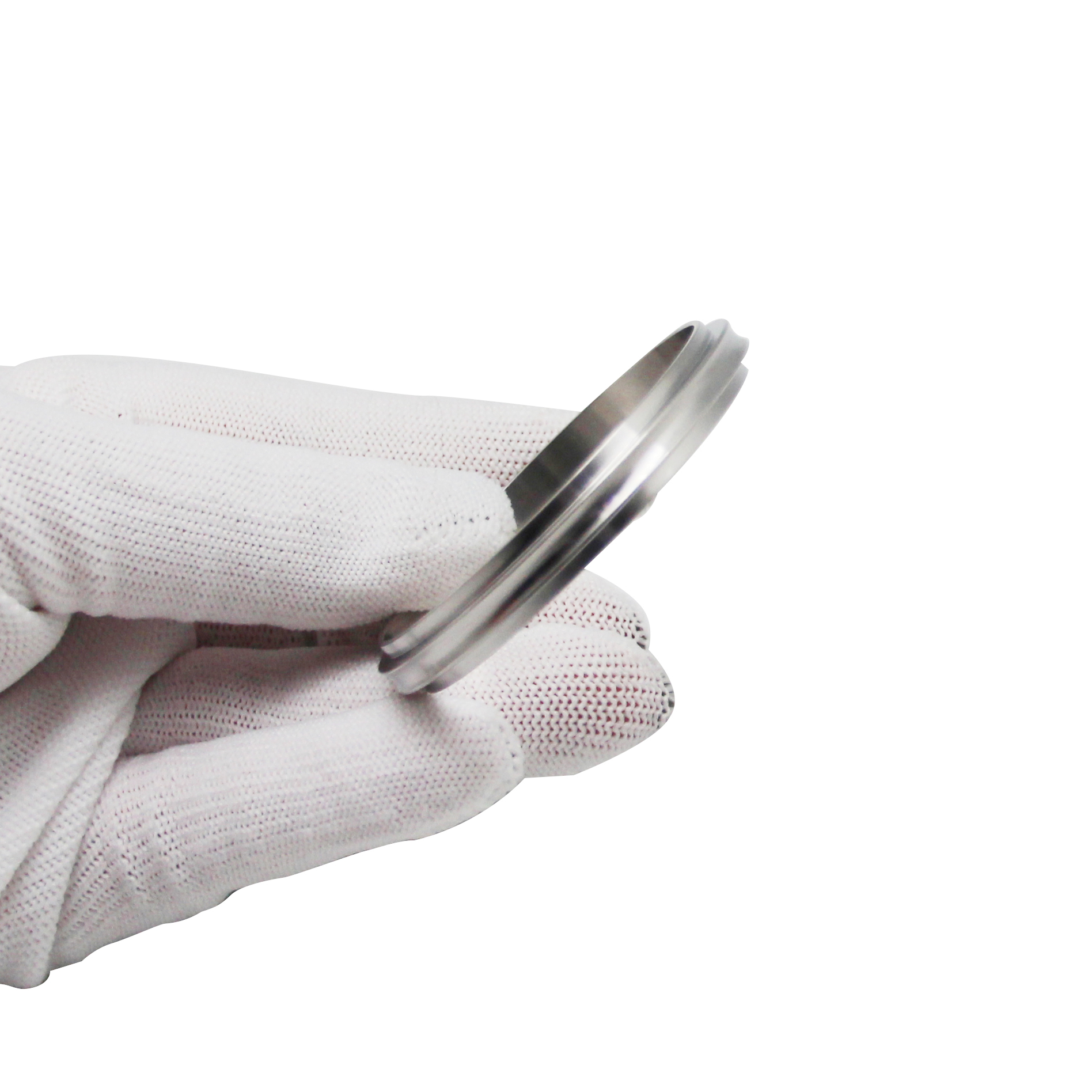Self-Priming Pumps

 by admin
by adminReprint
Self-priming pumps are a type of end-suction centrifugal pump which can operate in a suction-lift configuration without requiring an external priming system.
Centrifugal Pumps Must be Primed
Centrifugal pumps can’t pump air.
Since they operate by imparting velocity to a liquid, they must be filled with liquid in order to operate. However, there is a special type of centrifugal pump that can evacuate the air from its suction line. This type of pump is called a self-priming pump.
What is a Suction Lift Configuration?

Belt-Drive Self-Priming Pump | Image by Eric Shea, CC
A suction-lift configuration is one where the liquid being pumped is located below the pump. For example, imagine a large underground basin full of liquid, and a pump set on top of the basin drawing water up out of the basin through a pipe that extends down into the basin. This is a suction-lift configuration, and it is a common layout for wastewater lift stations.
There are several different types of pumps that might be suitable options for this type of configuration:
- Standard centrifugal solids-handling pumps can be used, but a priming system would be needed.
- Vertical turbines may be a good option, but only if the water is clean enough.
- Submersible pumps could be used without requiring any priming, and many submersibles can handle solids, but not all pump users are in favor of having to do maintenance on pumps that are coated in sewage.
- Self-priming pumps are the final option. They can prime the suction line without requiring an external priming system, they are capable of pumping the types of solids typical of industrial and municipal wastewater, and they won’t be coated in sewage the next time they need to be serviced.
How do Self-Priming Pumps Work?
It’s important to keep in mind that even self-priming pumps must have an adequate amount of water inside the pump casing before being energized. Running a self-priming pump while empty will result in a mechanical seal failure and may cause damage to other internal components. Self-priming pumps are designed to retain the amount of water needed for self-priming. So once a self-priming pump has run once, it will automatically contain enough water to self-prime. However, when starting an empty self-primer, the pump must be primed manually.
Self-priming pumps are designed with a large reservoir surrounding the pump casing. When the pump is energized it begins to attempt to pump the water in the casing that was retained after the last time the pump ran. As the water is pushed out of the casing, air is drawn into the suction of the pump. Since the casing is not full of water, the water being pumped exits the casing but does not exit the reservoir. Instead, the water drains back into the casing, but the air carried with the water separates and is pushed out of the pump as more air is pulled into the suction of the pump.
This process repeats itself and more and more air is drawn out of the suction line until the air in the suction line has been completely purged. Once that happens, the reservoir begins to fill. Once the reservoir is full the pump begins to discharge water.
Different submersible pumps can lift water different distances. Repriming lift capabilities commonly range from 10 to 25 feet depending on the pump model and it’s operating speed. It’s important to consult with the manufacturer of a self-priming pump or to review the literature provided by the manufacturer to ensure that the pump you have in mind can lift water as far as you plan on lifting it before designing a pumping system around it.
What are Self-Priming Pumps Used For?
Self-primers are commonly used in sewage lift stations, where raw sewage is pumped into a treatment facility. They are also commonly mounted on portable skids and used to pump stormwater and for dewatering of construction and mining operations. When used to dewater construction sites, self-priming pumps are often referred to as trash pumps – a reference to the fact that they are capable of pumping the debris that is typically found at construction sites.
If you want to learn more about how self-priming pumps work, we recommend this article from DJ Gongol & Associates.







